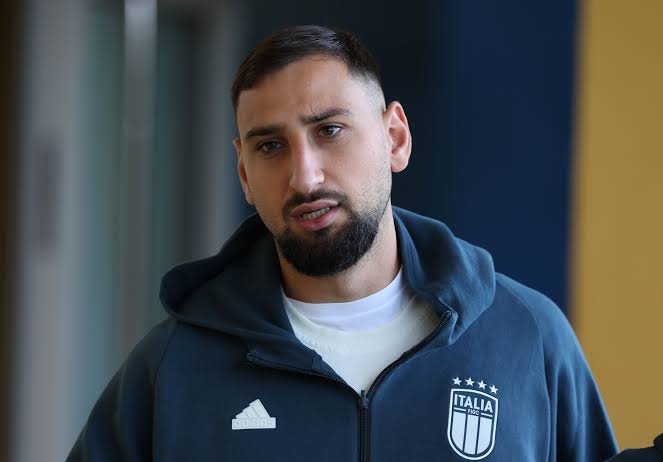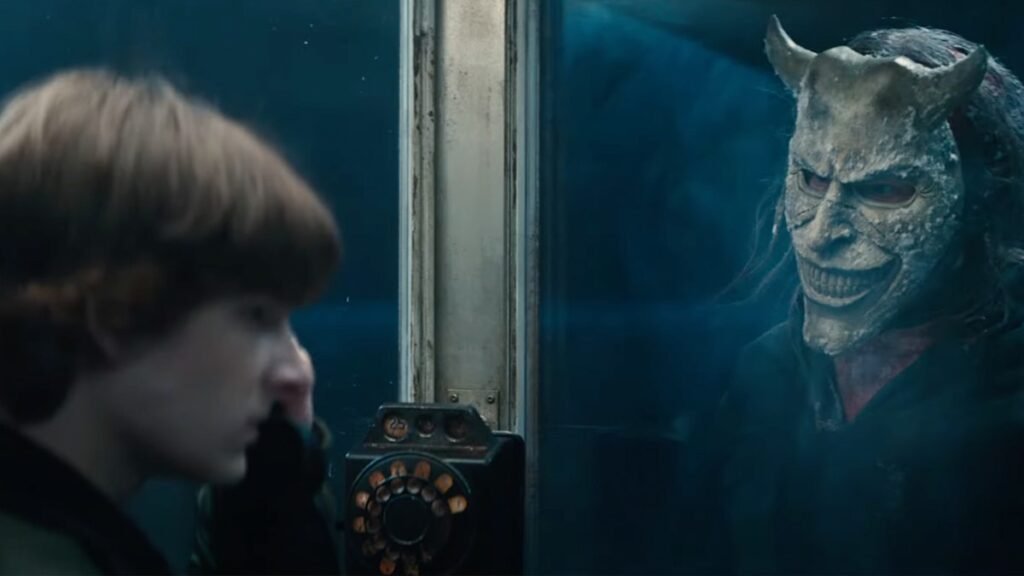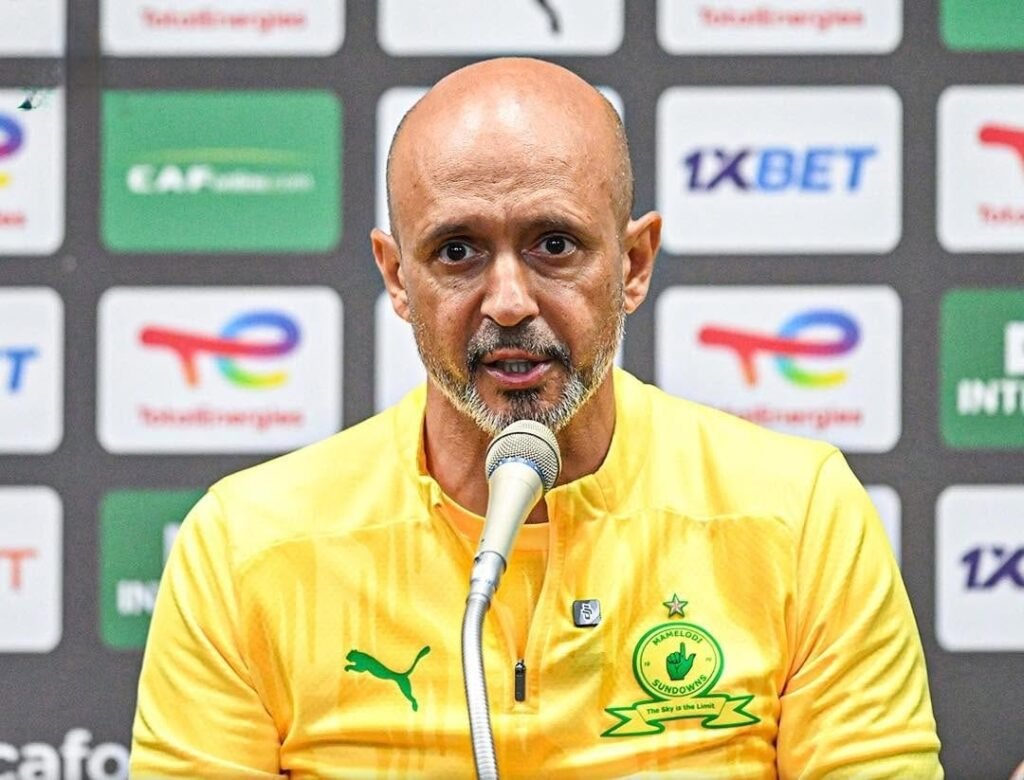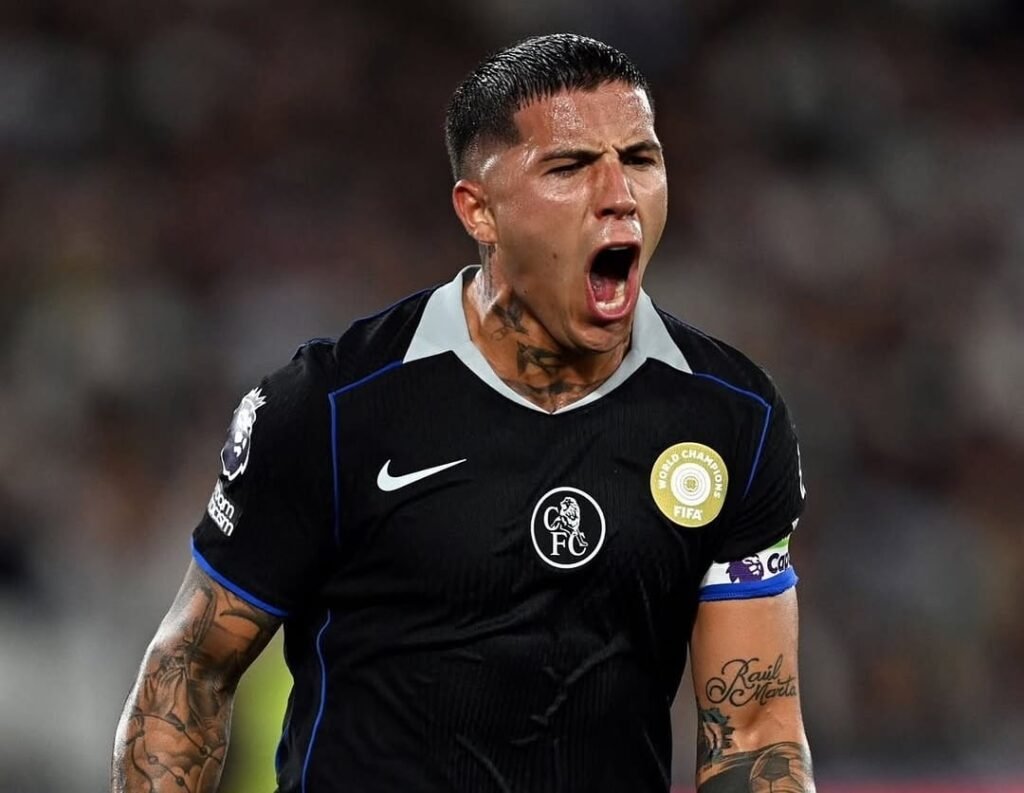
Football weekends are often a blur of goals, talking points, and social media noise. But every so often, the sport delivers one of those rare stretches that feels like a turning point, the kind of weekend fans will reference years from now as “the one where everything changed.” This past round of fixtures in England wasn’t just about results; it was about the arrival of new heroes, the revival of fallen stars, and the reminder that football is a story bigger than 90 minutes.
Chelsea ripped through West Ham in one of the most dominant away performances in their modern history. Arsenal unveiled their next great goalscoring hope in Viktor Gyökeres while adding Eberechi Eze’s artistry to their midfield. Everton witnessed Jack Grealish begin his second footballing life at Goodison Park, and Liverpool’s academy proved it still breeds generational talent as 17-year-old Rio Ngumoha etched his name into the record books.
It wasn’t just a weekend of matches; it was a weekend of moments — ones that stretch far beyond the scoreline.
Chelsea’s Renaissance: João Pedro the Conductor, Estêvão the Prodigy, and a 5–1 Masterclass
Chelsea have long been a club built on eras. From Mourinho’s defensive steel to Lampard’s brief youth revolution, the Blues seem to reinvent themselves every half-decade. This time, though, something feels different.
Traveling across London to face West Ham is rarely a pleasant task. The Hammers, under David Moyes, pride themselves on rugged football, aerial bombardment, and making opponents suffer. And yet, Chelsea not only survived but humiliated them in their own ground, storming to a 5–1 victory that could prove season-defining.
João Pedro: The False Nine That Isn’t False
Much of the pre-match talk revolved around Chelsea’s attacking identity without Cole Palmer, their talismanic playmaker who has carried the team through tough moments. Instead, João Pedro — a player once dismissed as inconsistent at Watford — delivered a performance that felt like a coronation.
Operating in a hybrid role, dropping into midfield while still carrying striker instincts, João Pedro dictated tempo and pressed relentlessly. His brace wasn’t just about goals; it was about authority. He linked play, dragged defenders wide, and opened channels for wingers to slice West Ham apart.
The numbers underline the dominance: two goals, one assist, 90% pass completion in the final third, and five successful take-ons. More than stats, though, it was the swagger — the look of a player finally trusted at a club built for glory.
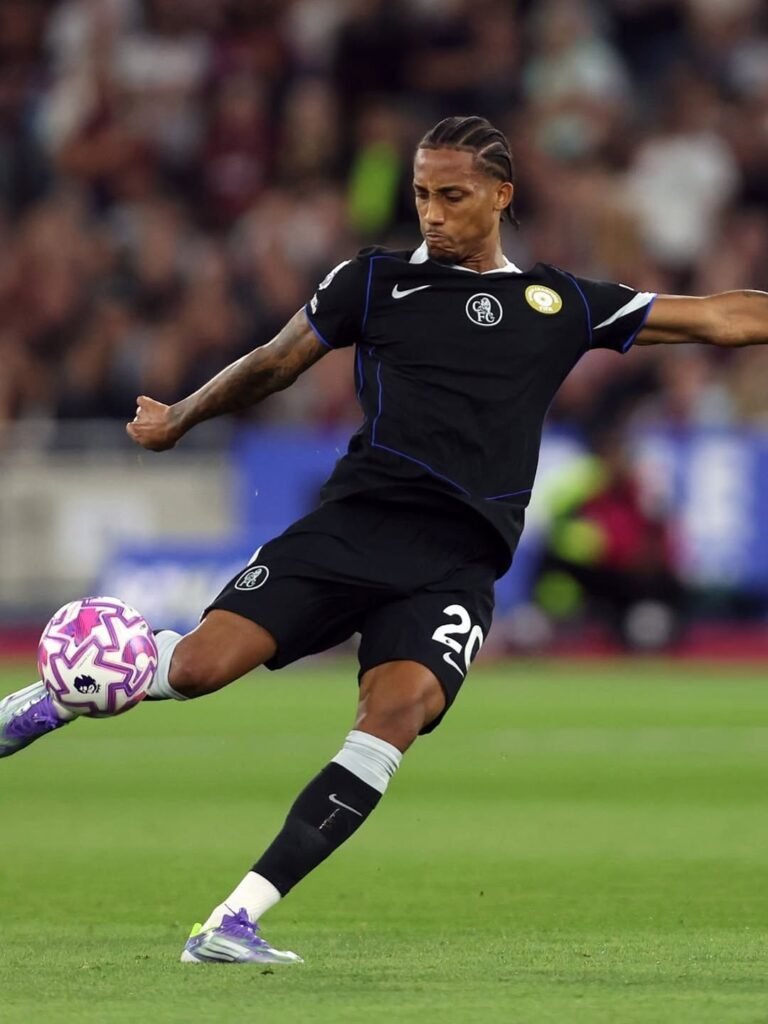
The Estêvão Effect: A Debut Written in History
If João Pedro orchestrated, Estêvão provided the magic. At just 17 years and 118 days old, he became Chelsea’s youngest ever debutant, breaking records and igniting imaginations. His cameo was brief but unforgettable — one assist, a string of dazzling dribbles, and the aura of a player who already looks untouchable in 1v1s.
Chelsea fans have whispered about Estêvão’s arrival ever since his move from Palmeiras was confirmed. Nicknamed “Messinho” in Brazil, expectations were enormous, but few expected him to deliver with such instant composure. His assist, a clever cut-back after skinning a full-back with frightening acceleration, felt like a prophecy fulfilled.
It wasn’t just a debut; it was the beginning of a new story. Social media lit up with clips of his footwork, fans already proclaiming him “the next big thing.” If João Pedro was the conductor, Estêvão was the spark that made Stamford Bridge — and the wider footballing world — believe Chelsea’s project has a future.
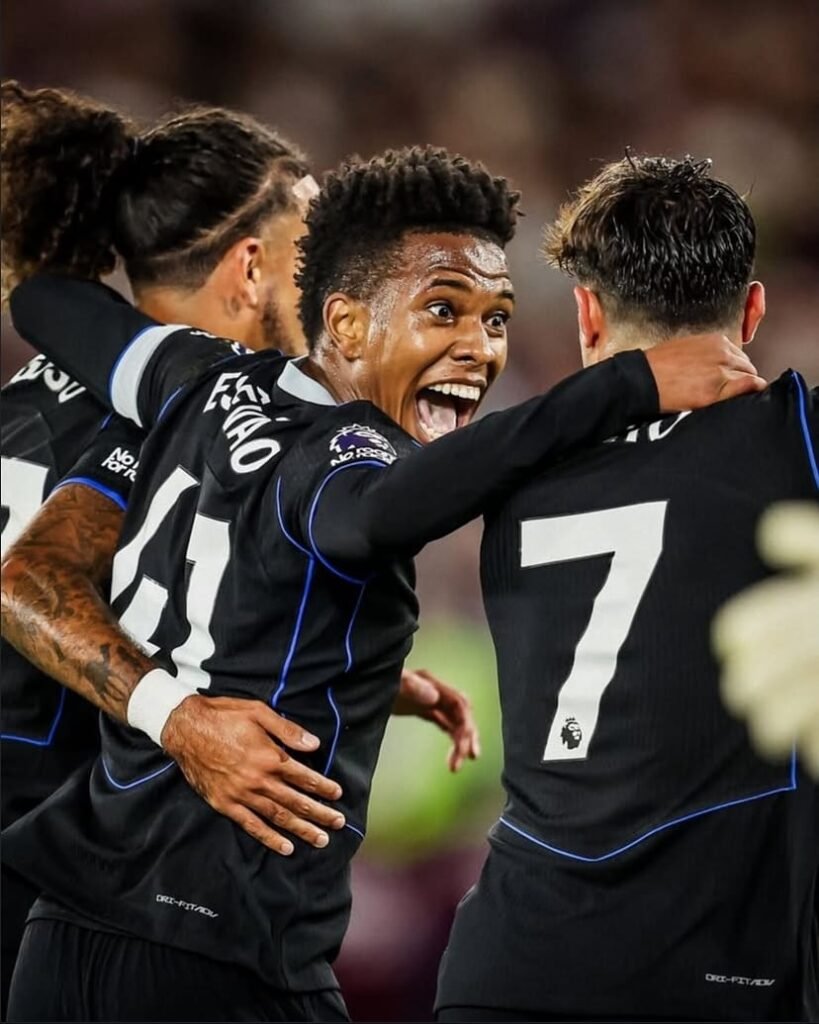
A Statement Without Cole Palmer
Perhaps the biggest takeaway, though, is what Chelsea achieved without their star man. Palmer has been the heart of everything good in blue this season, and yet Chelsea produced their most fluid attacking display of the campaign in his absence. That speaks to depth, to tactical adaptability, and to belief.
In the broader Premier League picture, Chelsea’s 5–1 dismantling of West Ham wasn’t just three points. It was a declaration: they are not reliant on one player, they have emerging superstars, and they may be ready to push their way back into the top-four conversation sooner than expected.
Arsenal’s Twin Arrivals: Gyökeres the Marksman, Eze the Maestro
If Chelsea’s story was about rebirth, Arsenal’s was about reinforcement. The Gunners’ season has flirted with brilliance but also inconsistency, particularly in the final third. This weekend, however, Mikel Arteta’s vision looked sharper than ever thanks to two men who may define the next chapter: Viktor Gyökeres and Eberechi Eze.
Gyökeres and the Mask: Pressure? What Pressure?
The Premier League is a graveyard for strikers who arrive with hype but buckle under expectation. Viktor Gyökeres, though, seems immune. Facing Crystal Palace, he delivered a brace that felt inevitable.
The moment of the match was his first goal — celebrated with a mask that instantly went viral. Asked post-game about pressure, he brushed it off with a grin: “Pressure? I just play football.” That response encapsulates him. Gyökeres isn’t weighed down by Arsenal’s history or by the comparisons to Thierry Henry or Robin van Persie. He is simply a ruthless striker who finds space, finishes clinically, and carries a winning aura.
His brace wasn’t just about goals; it was about timing. He scored when Arsenal were wobbling, dragging momentum back and setting the tone for the rest of the match. In a league where titles are often decided by forwards who deliver in tight moments, Gyökeres already looks like the missing piece.
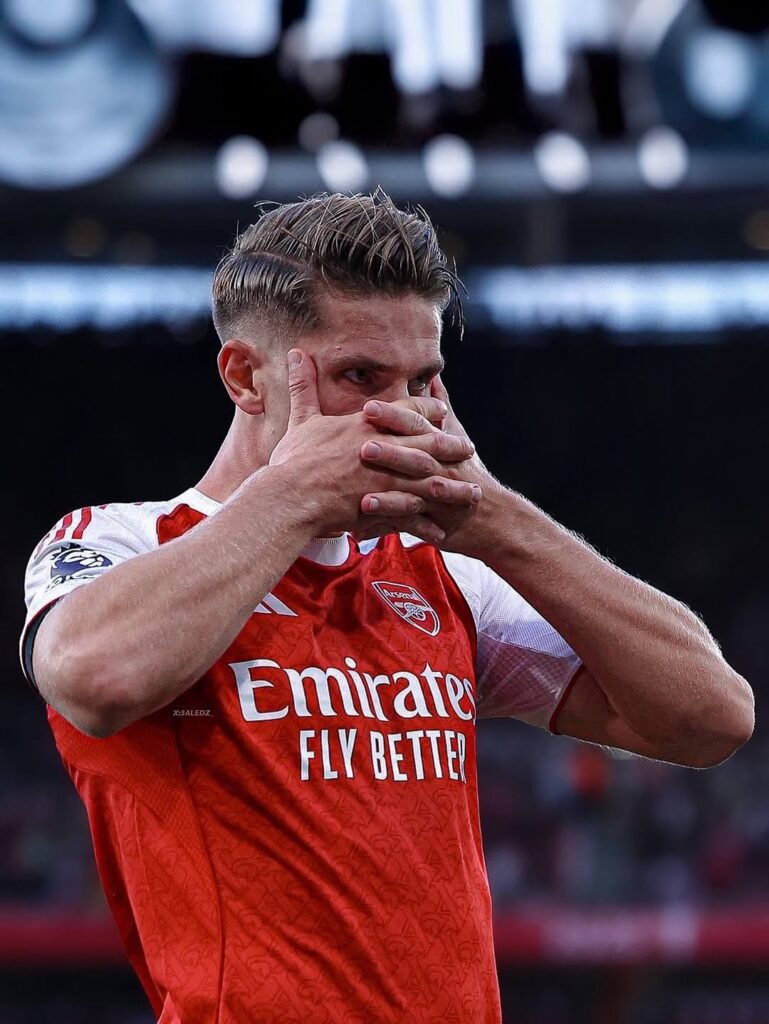
Eze as the New No. 10: A Different Dimension
While Gyökeres stole headlines, Eberechi Eze quietly redefined Arsenal’s midfield. Donning the No. 10 shirt — a number steeped in Gunners lore — he brought a different kind of artistry.
Eze’s game is about rhythm: ball retention, progressive dribbling, and the ability to unlock stubborn defenses with moments of creativity. Against Palace, he operated between the lines with freedom, threading passes to Gyökeres while also drawing fouls in dangerous areas.
The significance is deeper than one performance. For years, Arsenal’s midfield creativity has been funneled through Martin Ødegaard, leaving them predictable when he was shut down. With Eze, they now have dual creators, a double source of invention that makes them far harder to contain.
It’s not just about tactics, though. Symbolically, seeing Eze — a player who honed his craft on London’s concrete pitches — wearing Arsenal’s No. 10 connects the club to the city in a profound way. It’s artistry meeting tradition.
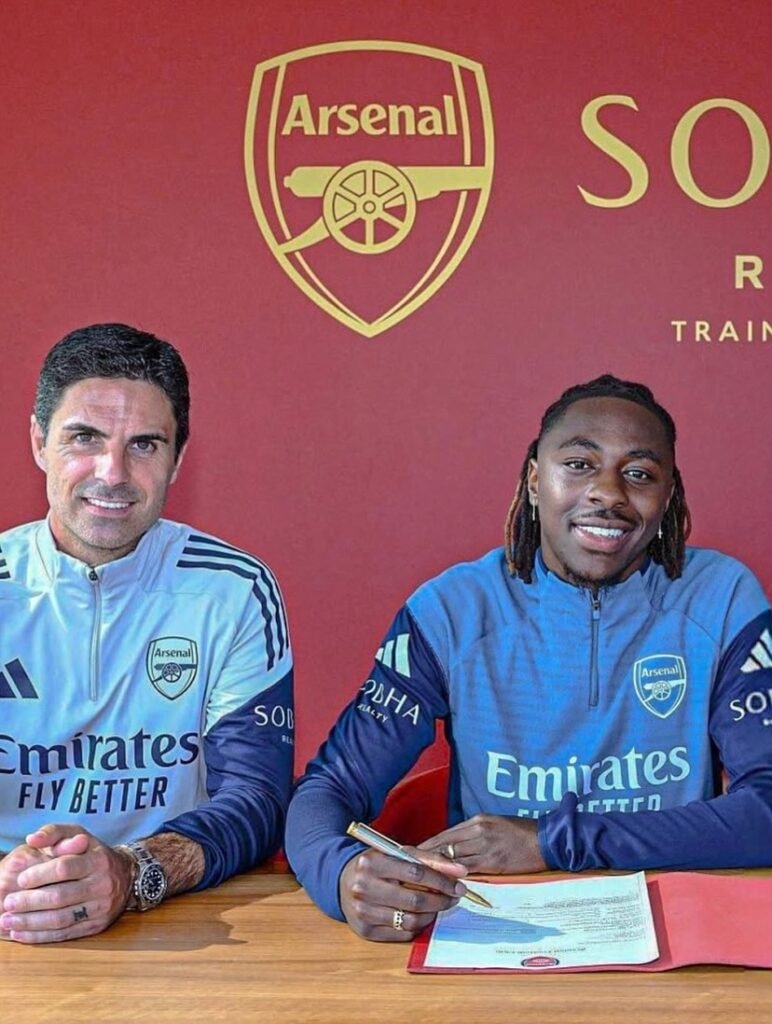
Arsenal’s New Identity
Together, Gyökeres and Eze give Arsenal something rare: balance. The striker who thrives under pressure, the creator who dances under lights. Their debut weekend wasn’t just encouraging; it was transformative.
For Arsenal fans, this felt like more than three points. It felt like a glimpse into a future where the Gunners aren’t just chasing titles — they’re building a dynasty.
Everton’s Rebirth: Jack Grealish and the Goodison Stage
Few transfers raised more eyebrows this summer than Jack Grealish’s move to Everton. From Manchester City’s billion-pound orchestra to the gritty reality of Goodison Park, it felt like a step down. But football careers are rarely linear, and sometimes redemption comes in unexpected places.
Against Aston Villa, his boyhood club, Grealish looked liberated. He floated across the left flank, combining sharp dribbles with incisive passes. The swagger — that unique, balletic style that made him England’s darling — was back.
Sean Dyche’s Everton is a system built on intensity, but Grealish offers something different: unpredictability. If Dyche can balance his work ethic demands with Grealish’s flair, the Toffees may have stumbled upon a weapon capable of lifting them far beyond relegation scraps.
For Grealish personally, this weekend was about reclaiming joy. After years of being a rotation piece at City, he now has a stage where every touch matters, every dribble excites, and every goal can define a season. Goodison Park roared with him, and in return, he gave them hope.
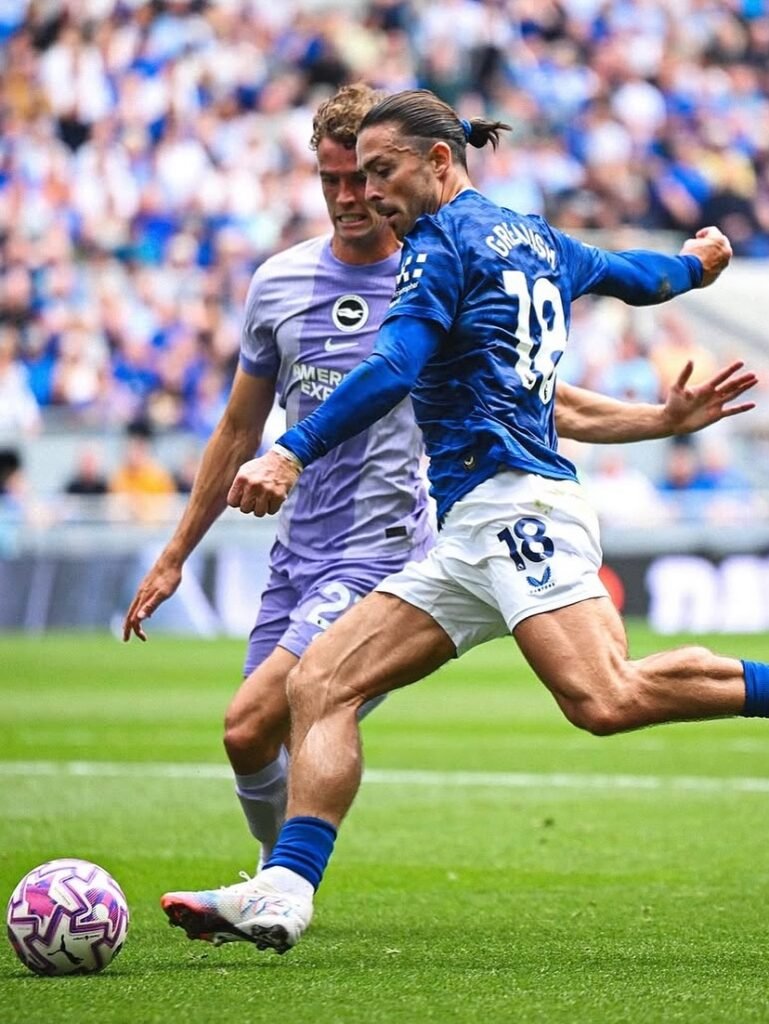
Liverpool’s Youth Revolution: Rio Ngumoha Enters the History Books
Anfield has long been a cathedral of youth breakthroughs — Michael Owen, Steven Gerrard, Trent Alexander-Arnold. This weekend, Rio Ngumoha joined that lineage, becoming Liverpool’s youngest ever Premier League goalscorer at just 17 years and 54 days.
His strike wasn’t a scrappy tap-in. It was instinctive, composed, the finish of a player unfazed by the stage. In doing so, Ngumoha eclipsed records held by James Milner, Wayne Rooney, and James Vaughan.
But the story is bigger than one goal. It’s about Liverpool’s continued commitment to blooding academy talent at the highest level. In an era when money dominates, there remains something deeply powerful about a local teenager writing history in front of the Kop.
Social media buzzed with comparisons to Rooney’s debut wonder strike. Pundits spoke of his “fearlessness.” Fans simply smiled, knowing they might have just witnessed the first step of another Anfield legend’s journey.
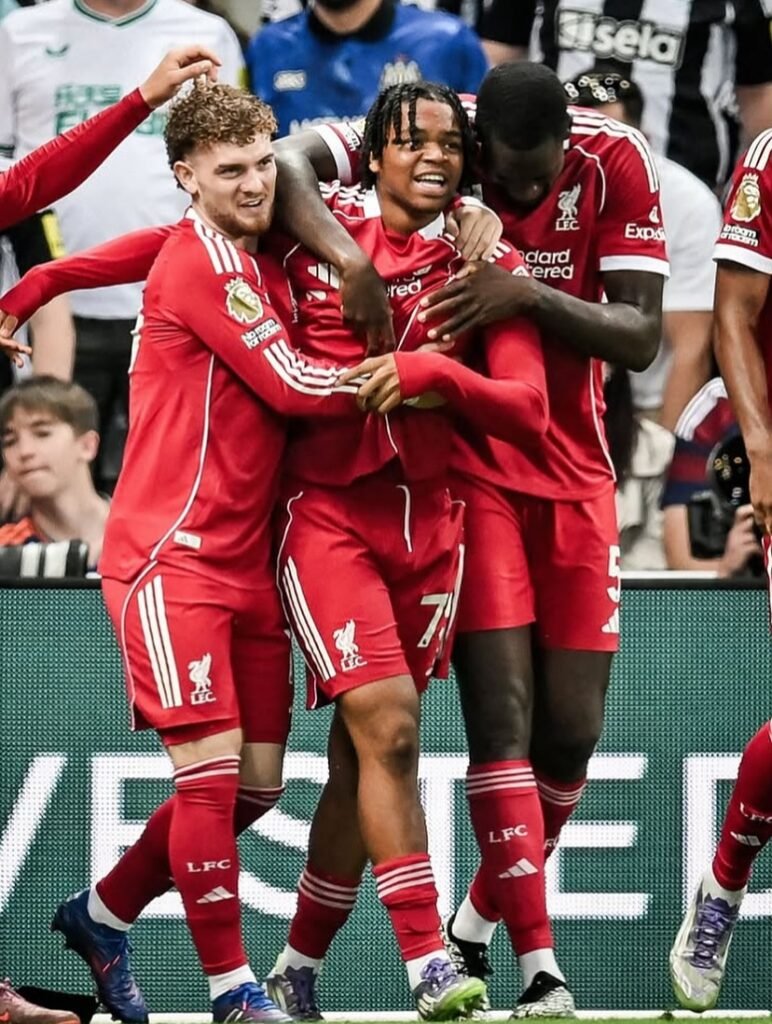
Conclusion: A Weekend of Arrival, Revival, and Legacy
Across the league, the themes were strikingly similar: arrival, revival, and legacy. Chelsea announced a new era powered by João Pedro and Estêvão. Arsenal found balance through Gyökeres’ ruthlessness and Eze’s creativity. Everton rediscovered hope in Grealish’s flair. Liverpool added another name to their lineage of prodigies.
It was a weekend that reminded fans why the Premier League remains football’s grandest stage. Not just for the goals, but for the stories — the young kid making history, the forgotten star finding a new home, the giants proving they can rise again.
If football is about moments, then this was a weekend made entirely of them. And as the season unfolds, we may well look back and say: this was the weekend where everything changed.

